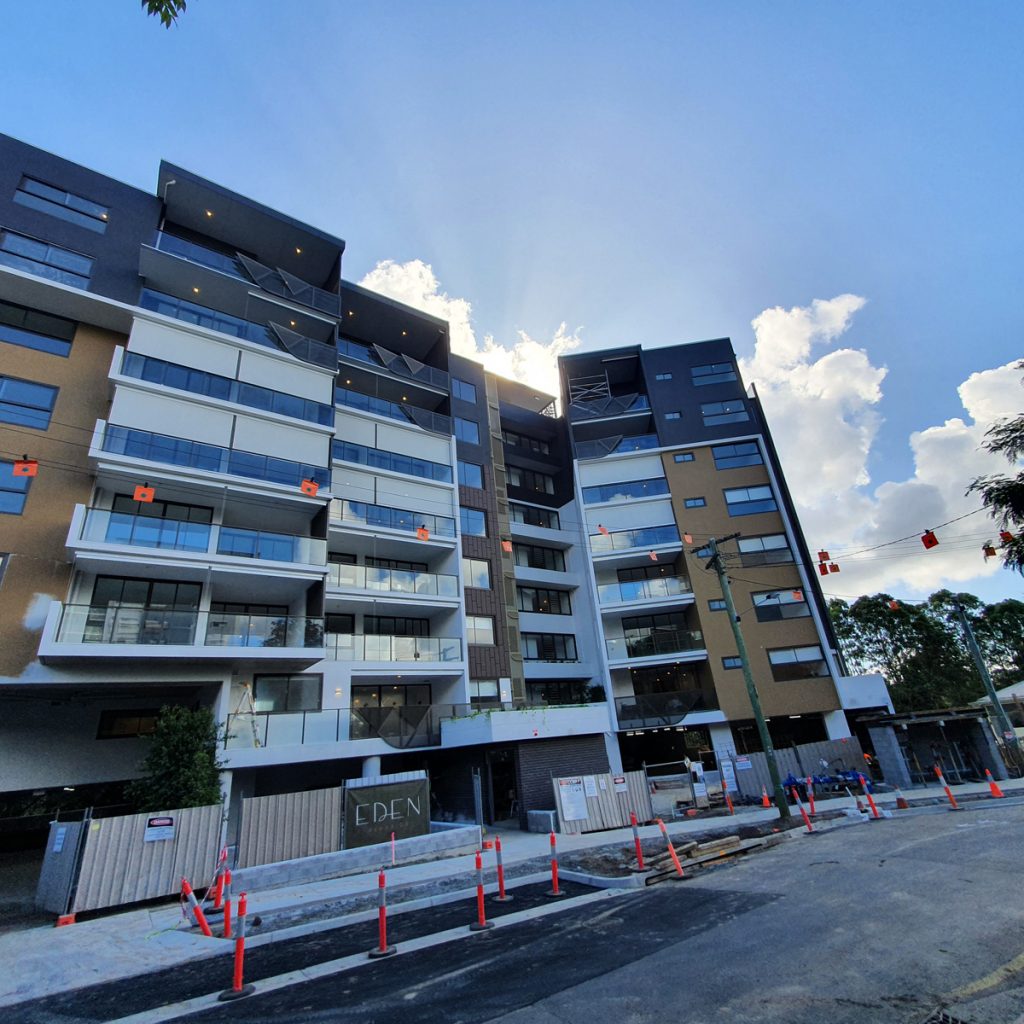

The Australian Building Codes Board (ABCB) has advised the Blind Manufacturers’ Association (BMAA) it has requested that changes to the National Construction Code (NCC) will not be considered until the NCC 2025.
Changes made to the NCC in 2018 that saw an exemption clause for awnings and blinds relating to fire regulations deleted.
Those changes mean that technically any blind or awning fitted to any building upper floor of Class 2 – 9 buildings does not comply.
Chris Nolan, a director of the BMAA, told a recent industry workshop that the BMAA had lobbied to have the clause restored, leaving the industry with only two options, a ‘deemed to satisfy’ EW fire rating obtained through testing to AS 5113, or a ‘performance solution’.
“Now the response from the building codes board is that our submission – and they described it as gold plated – is to be held over until the year 2025, which is the next round of the building code release,” Nolan said.
“It will be part of a general review of a spread of language – we were very disappointed with that because we went to a lot of trouble.”
Nolan said that the ‘performance solution’, a professional assessment undertaken by a qualified fire engineer who provides an opinion that the generalised ‘performance requirements’ stipulated in the code are met, has been simplified by the BMAA with about a dozen projects complying via this process. However, he said a few of those had withdrawn from the process because it became ‘too hard” or another product was substituted.
“There are lots of these types of project still going ahead (without a performance solution), and at the moment, the only time this is an issue is where someone makes an issue of it.”
“My advice in that context is to actually go through the process of getting a performance solution – it doesn’t cost anything for BMAA members, and you can give it to the owner, take them through this process and offer the documentation in case it is needed in future. There’s no need to not comply with the regulations.”
“As a member of BMAA you have access to this absolutely free of charge. If you’re not a member of BMAA its $500.”
Benjamin Hughes-Brown of building consultancy Ignis Solutions told the workshop that the ultimate responsibility comes back to the installer.
“Whoever is physically doing the installation must be backed up and must have access to draw on the evidence.”
“The key thing is that you’ll find this is not easy, and it’s a substantial disappointment because the building code board made a knee jerk reaction.”
Hughes-Brown said he has been an expert witness in a number of law suits and that it is critical that there is core compliance and that can be applied at any point that the building is occupied.
“In 20 years’ time the regulators can still turn around and say – prove that this project is safe.”
“If no work was done at the time of installation, but you know what material it is – you can go back and say okay we didn’t do the paperwork properly, but we know the material is safe and don’t have to fix it.”
“The liability is that you have to take it down and fix it, and then who’s going to pay for that? That’s when it comes down to the installers.”
Hughes-Brown added that he is hopeful the issue can eventually be resolved through changes to the NCC 2025.
“Moving forward – the performance solution is only meant to be a stop gap.”
“I’ve worked in this performance arena for almost the last 25 years with building compliance – so it’s not a new area, but it’s a new process to your industry and that’s where it becomes quite complicated.”
DÉCOR BLINDS DELIVERS WITH ‘PERFORMANCE SOLUTION’
Frank Cairns from Décor Blinds in Queensland has successfully undertaken a recent external project on a Class 2 type building for a developer attaining compliance via the Blind Manufacturers Association (BMAA) ‘performance solution’.
Cairns said he received a phone call from a developer asking about a budget price for External Blinds for a seven level building.
“He wished to shield the units on the western side from the sun and provide privacy for the units on the eastern facing units.”
“He was aware he would have problems complying with the National Construction Code (NCC), but with the help of Chris Nolan from the Nolan Group and the BMAA we were able to provide a performance solution so to satisfy the fire engineer.”
The project consisted of a wire guide system in both motorised and crank operation with full cassette.

“There were 122 exterior wire guide blinds with an average width of 4800mm and a 2100mm drop. We used a fully enclosed cassette system with a special deisgned Base Rail, the fabric was Vista weave 95 in two colours, but due to budget restraints we delivered a crank operated system.”
Cairns told WFA that once the BMAA supplied the details of how to apply for a performance solution, the developer did most of the work.
“We supplied drawings of the product and how it was to be installed plus specifications and test reports for the fabric. It was easy.”
The additional compliance added about 2.5% to the project cost but this was paid for by the developer, whilst the performance solution took two weeks to arrange with 12 weeks total to manufacture and install the blinds.
Cairns said that overall there were no issues with the performance solution from the surveyors, body corporate, insurers or client.
“We had a few questions from the Queensland Fire Brigade and the Fire engineer but their questions were all answered by the team at the BMAA and our fire engineer.”
Cairns added that this project came about thanks to the BMAA developing a performance solution for the industry.
“This building has become a catalyst for other developers and builders to follow and our enquiry rate for assistance with performance Solutions is increasing every day,” he added.